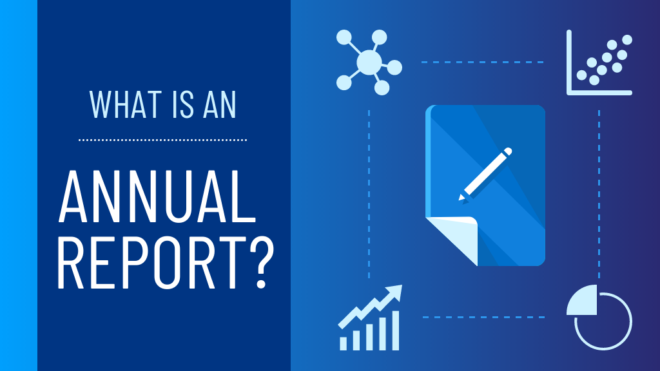![]()
Preparing Annual Performance Report
Preparing annual performance report involves summarizing and evaluating the achievements, progress, and outcomes of a business or organization over a specific period.
Here are the steps of preparing annual performance report:
1.Define the Report Objectives:
Clarify the purpose and objectives of the annual performance report. Determine the key areas or metrics you want to assess and report on, such as financial performance, operational efficiency, customer satisfaction, employee engagement, or strategic goals.
2.Gather Data and Information:
Collect relevant data and information to evaluate the performance of the business or organization. This may include financial statements, sales reports, operational metrics, customer feedback, employee surveys, project updates, and any other data sources that provide insights into the performance.
3.Identify Performance Indicators:
Determine the performance indicators or key performance indicators (KPIs) that will be used to measure and evaluate the performance. Select KPIs that are align with the objectives of the report and provide meaningful insights into the performance of the business. Examples of KPIs could include revenue growth, profitability ratios, customer retention rates, employee turnover rates, or project completion rates.
4.Analyze and Interpret Data:
Analyze the collected data to understand the trends, patterns, and outcomes of the business’s performance. Identify strengths, weaknesses, opportunities, and challenges based on the data analysis. Use this analysis to provide insights and explanations for the performance outcomes.
5.Present Findings and Results:
Present the findings and results in a clear and concise manner. Use charts, graphs, tables, and visuals to support the data and highlight key points. Summarize the performance in each area or category and provide a narrative that explains the factors contributing to the outcomes.
6.Assess Progress Against Goals:
Evaluate the performance of the business or organization against the set goals, targets, or benchmarks. Assess the progress made and highlight any significant achievements or areas where improvement is needed. Compare the current performance with previous years or industry standards to provide context.
7.Provide Recommendations:
Based on the performance assessment, provide recommendations for improvement or actions that can be taken to enhance future performance. These recommendations should be actionable and aligned with the identified areas for improvement.
8.Include a Summary and Conclusion:
Summarize the key findings, conclusions, and recommendations in a concise and impactful manner. Provide a high-level overview of the performance and the implications for the business or organization.
9.Review and Proofread:
Review the report for accuracy, clarity, and coherence. Ensure that the data, analysis, and recommendations are supported by evidence. Proofread the report for any grammatical or typographical errors.
10.Distribute and Communicate the Report:
Share the annual performance report with the intended audience, such as company executives, stakeholders, shareholders, or relevant departments. Communicate the report’s findings, insights, and recommendations effectively to ensure a shared understanding of the business’s performance.
Preparing annual performance report:
Remember that the specific content and structure of an annual performance report may vary depending on the organization’s requirements and industry. It’s important to tailor the report to the needs and expectations of the intended audience to ensure its relevance and usefulness.
For more information visit this site: https://www.mca.gov.in/
FAQs
1.What is an annual performance report?
An annual performance report summarizes the achievements, progress, and key activities of an organization or team over the year.
2. Why is it important?
It shows stakeholders, management, and employees the progress made, challenges faced, and helps in future planning.
3. What information should be included?
Include goals, achievements, challenges, financial performance, and future plans.
4. How do you set the structure for the report?
Organize the report with a clear introduction, main sections for each area (e.g., financials, performance metrics), and a conclusion with future goals.
5. What data is necessary for the report?
Collect quantitative data (sales, profit, employee performance) and qualitative data (feedback, project outcomes).
6. How do you analyze the data?
Compare the data against goals or KPIs set at the start of the year to assess progress and identify gaps.
7. Who should be involved in preparing the report?
Managers, team leaders, and finance departments should contribute relevant data and insights.
8. What is the best format for the report?
Use a clear format with charts, graphs, and tables to make the data easy to understand.
9. How do you ensure accuracy in the report?
Cross-check all data sources, review calculations, and have a second person proofread the report.
10. What should be included in the conclusion?
Summarize key achievements, address challenges, and outline goals for the next year.